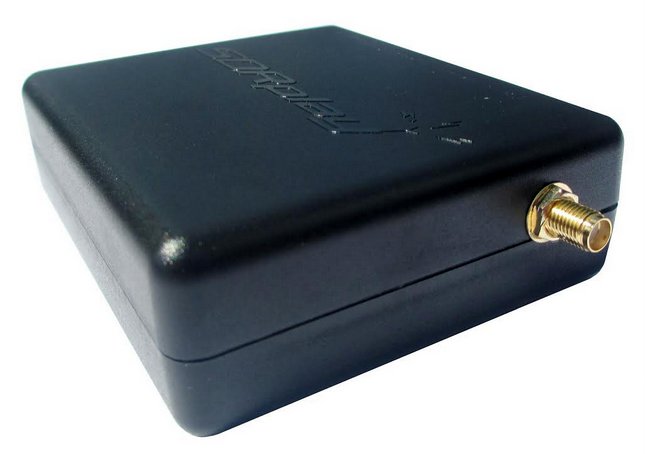
Many thanks to my buddy, Dave Zantow (N9EWO), who writes:
My long awaited “SDRplay RSP” review is now available. My apologies for the delay. It took more time then I had planned and other issues got in the way. We also tested it with the popular DSD+ software and worked well after some troubleshooting.
I always enjoy your reviews, Dave! As you say, reviewing SDRs certainly takes more time than reviewing stand-alone receivers–especially when there are so many options for SDR applications! Like you, I feel like the SDRplay RSP offers a good value for the listener–especially at the $129 price point.

Great writeup. I am however curious about one bit mentioned in this review which is the lack of trunking support on a single SDR device. I’d very much love to use an SDRPlay to monitor the neighboring counties new trunked P25 system but have yet to see any workable configuration for this.
I know that Unitrunker itself is not likely compatible with the SDRPlay at this point. I have, however, seen the implementation of Virtual Tuners (VFO’s) in SDR Console and elsewhere.
If you had an application that had hardware compatible with this device, and all the trunked channels in a system fit within the 8MHz bandwidth available – could you make this workable via multiple VFO’s sliced off the 8MHz?
Or, is it easier to simply park multiple VFO’s on every non-control channel in the trunked system, then pipe them all out to a common audio output? (DSD+ or Analog out) You’d miss the metadata/trunking info in this case I imagine, but would you get the “complete” audio of a system?
I’ve been told that it IS possible to get some trunking with just one SDR, by piping the audio from the control channel to one virtual audio cable and the tuned output to another, but I’ll be danged if I’ve figured out how to make it actually work just yet. Maybe it works with different models than the SDRplay but so far I’ve had zero luck getting the tuner program that comes with DSDPlus (called FMP, I believe) to actually interface with the SDRplay itself.
Personally, I’ve had pretty decent luck with the latter method of just setting a virtual tuner to each of the voice channels of my local PD’s NXDN network and letting it decode each one as it comes in. Works great — unless it’s very active, then multiple channels are in use and the decoder can’t “hear” two or more channels at once, they all collide into one big mess.
But still, it’s better than nothing.
Ideally, trunk tracking is accomplished with two dedicated SDRs. One sits on the control channel, one is tuned by FMP to the active audio channel. Apparently they don’t even have to be the same brand of SDR, either, so you can have an SDRplay for the control channel and listening to SW, and a cheaper dongle that does VHF/UHF only for the audio portion.
Excellent, this is where I suspected we were at the moment. I’ve gotten trunk tracking working with two RTL-SDR’s and UniTrunker as you describe. I’ve also hit my head against the keyboard over and over trying to make it happen on a single device following multiple tutorials and never can get it working.
I guess a happy median between these two might be throwing the cheapest SDR possible you have at the control channel in UniTrunker and having it pipe out the call information. Then take the wider bandwidth SDR sliced up into multiple VFO’s sitting on the audio signals, outputting them into DSD+.
Thanks for the review Dave and for sharing Thomas.
A really super review that strips away all that mythical gubbins that these SDR companies spout about their products. SDR play has been promoted as the number one at the moment, but still a long way to go before many SWLs will swap from a receiver to this.
We await later models with interest.